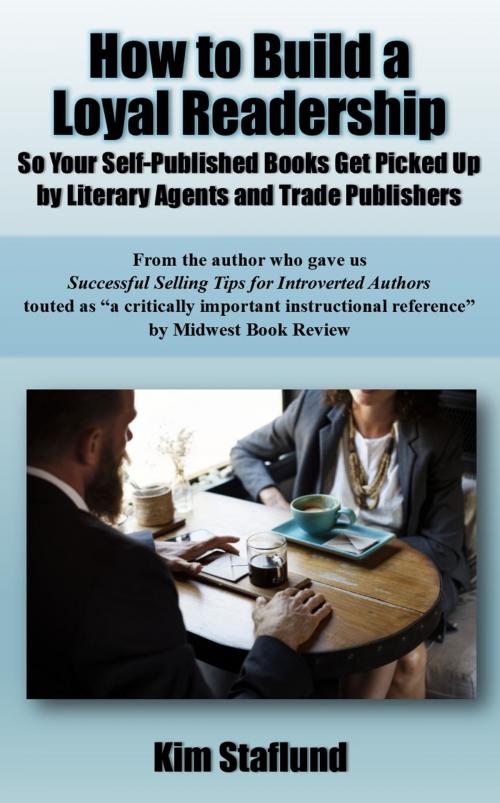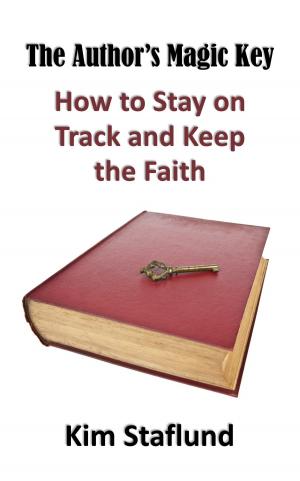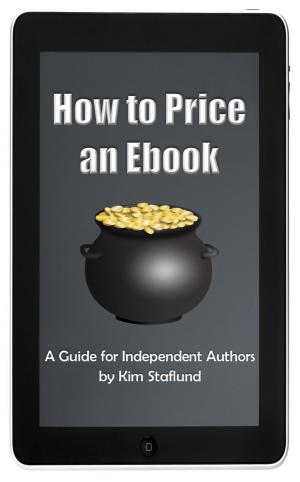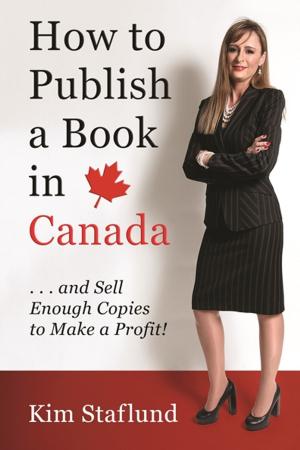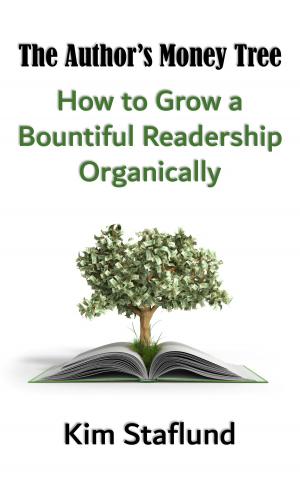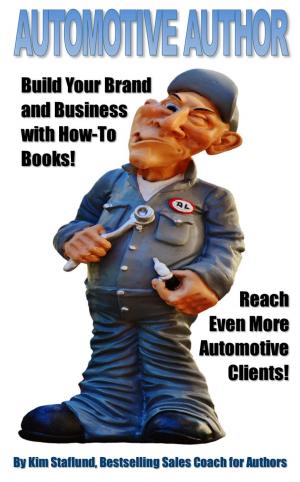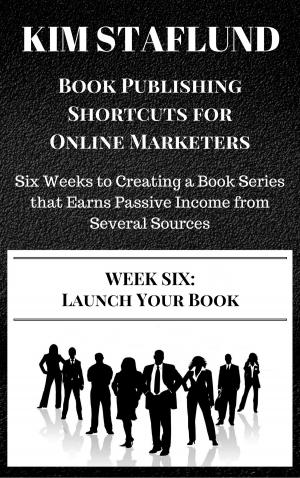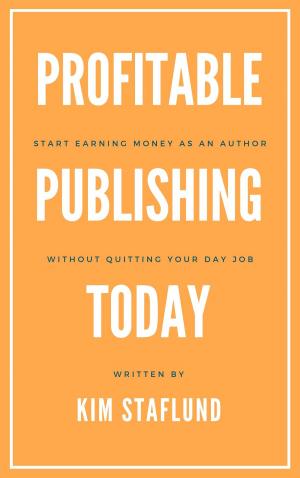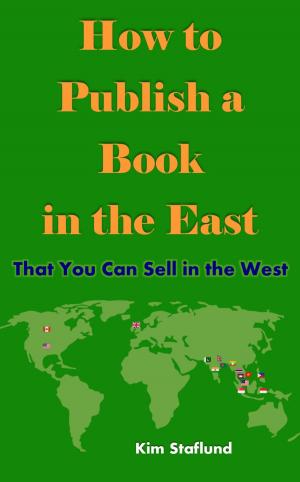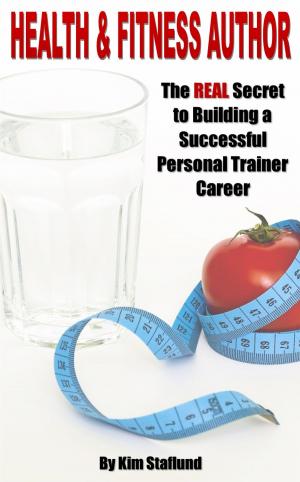How to Build a Loyal Readership So Your Self-Published Books Get Picked Up by Literary Agents and Trade Publishers
Business & Finance, Business Reference, Business Writing, Nonfiction, Reference & Language, Language Arts, Writing & Publishing, Authorship, Marketing & Sales, Advertising & Promotion| Author: | Kim Staflund | ISBN: | 9781988971117 |
| Publisher: | Polished Publishing Group (PPG) | Publication: | December 24, 2017 |
| Imprint: | Kim Staflund | Language: | English |
| Author: | Kim Staflund |
| ISBN: | 9781988971117 |
| Publisher: | Polished Publishing Group (PPG) |
| Publication: | December 24, 2017 |
| Imprint: | Kim Staflund |
| Language: | English |
There is a form of online book sales and marketing known as “rapid release” publishing that many of today’s most successful independent authors (a.k.a. indie authors) are using to sell thousands of books every year. Some of these authors are earning six-figure incomes from their ever-growing online platforms. What is a “platform” you’re asking? It is a loyal readership. And that’s what the “Big Five” trade publishers—Penguin Random House, HarperCollins, Hachette, Macmillan, and Simon & Schuster—are looking for when scouting new book projects. They’ll sign the unknown indie authors with built-in audiences that can guarantee them sales before they’ll re-sign a known trade-published author with limited traction. That’s the reality of this business.
INDIE AUTHORS CAN BE SUCCESSFUL WITH FICTION AND NON-FICTION
Throughout 2017, my primary focus was finding and sharing indie author success stories with my subscribers on the PPG Publisher’s Blog. I’ve included many of those stories in this book, too. Interestingly enough, some of those original posts led to cautionary comments from other “author marketing consultants” who suggested that this type of online marketing technique can only work for indie authors who write fiction. They seemed to suggest that it’s somehow simpler to sell multiple fictional books than it is to sell multiple non-fiction books—that it’s easier to build up one’s readership based on entertainment genres rather than self-help/educational genres.
Something deep inside me disagreed with their logic. Something in my heart said it would be just as easy, if not easier, for indie authors to successfully utilize “rapid release” publishing for non-fiction books as it would be for fiction. I went in search of proof and found it once again. (You get what you focus on in this world!)
In my research, I’ve found that non-fiction indie authors are among the perfect candidates for this form of self-publishing. Why? Because of your diverse demographics (e.g., seniors, adults, teenagers, children, males, females, et cetera) and the varied subject matter you can cover within your respective industries (e.g., hairdressers can write about long hair, short styles, curls, braids, updos, colours, et cetera; automotive service technicians can cover vehicle maintenance and repair for all kinds of different makes and models, various automotive parts and how they work, et cetera). When it comes to topic matter, the sky is the limit for most non-fiction indie authors; and “rapid release” publishing provides an opportunity for you to expand your business to genuinely help more people—the do-it-yourselfers—without over-extending your current workload. Think of this as a unique way to clone yourself.
MODERN BOOK SALES AND MARKETING FOR INDIE AUTHORS
Selling physical books in an offline marketplace is different from selling digital books in an online marketplace. In the traditional offline world, indie authors must appeal to people such as booksellers, reviewers, and publicists to help you sell more books; but, in the online world, you’re working with intangible algorithms and computerized search engine optimization (SEO) processes to increase your exposure. This is a blessing, as you’ll clearly see once you read this book. This is a new and highly effective way for indie authors to reach literary agents and trade publishers. Or who knows? You may decide to remain independent once you see the kind of success that is truly possible for you.
There is a form of online book sales and marketing known as “rapid release” publishing that many of today’s most successful independent authors (a.k.a. indie authors) are using to sell thousands of books every year. Some of these authors are earning six-figure incomes from their ever-growing online platforms. What is a “platform” you’re asking? It is a loyal readership. And that’s what the “Big Five” trade publishers—Penguin Random House, HarperCollins, Hachette, Macmillan, and Simon & Schuster—are looking for when scouting new book projects. They’ll sign the unknown indie authors with built-in audiences that can guarantee them sales before they’ll re-sign a known trade-published author with limited traction. That’s the reality of this business.
INDIE AUTHORS CAN BE SUCCESSFUL WITH FICTION AND NON-FICTION
Throughout 2017, my primary focus was finding and sharing indie author success stories with my subscribers on the PPG Publisher’s Blog. I’ve included many of those stories in this book, too. Interestingly enough, some of those original posts led to cautionary comments from other “author marketing consultants” who suggested that this type of online marketing technique can only work for indie authors who write fiction. They seemed to suggest that it’s somehow simpler to sell multiple fictional books than it is to sell multiple non-fiction books—that it’s easier to build up one’s readership based on entertainment genres rather than self-help/educational genres.
Something deep inside me disagreed with their logic. Something in my heart said it would be just as easy, if not easier, for indie authors to successfully utilize “rapid release” publishing for non-fiction books as it would be for fiction. I went in search of proof and found it once again. (You get what you focus on in this world!)
In my research, I’ve found that non-fiction indie authors are among the perfect candidates for this form of self-publishing. Why? Because of your diverse demographics (e.g., seniors, adults, teenagers, children, males, females, et cetera) and the varied subject matter you can cover within your respective industries (e.g., hairdressers can write about long hair, short styles, curls, braids, updos, colours, et cetera; automotive service technicians can cover vehicle maintenance and repair for all kinds of different makes and models, various automotive parts and how they work, et cetera). When it comes to topic matter, the sky is the limit for most non-fiction indie authors; and “rapid release” publishing provides an opportunity for you to expand your business to genuinely help more people—the do-it-yourselfers—without over-extending your current workload. Think of this as a unique way to clone yourself.
MODERN BOOK SALES AND MARKETING FOR INDIE AUTHORS
Selling physical books in an offline marketplace is different from selling digital books in an online marketplace. In the traditional offline world, indie authors must appeal to people such as booksellers, reviewers, and publicists to help you sell more books; but, in the online world, you’re working with intangible algorithms and computerized search engine optimization (SEO) processes to increase your exposure. This is a blessing, as you’ll clearly see once you read this book. This is a new and highly effective way for indie authors to reach literary agents and trade publishers. Or who knows? You may decide to remain independent once you see the kind of success that is truly possible for you.
